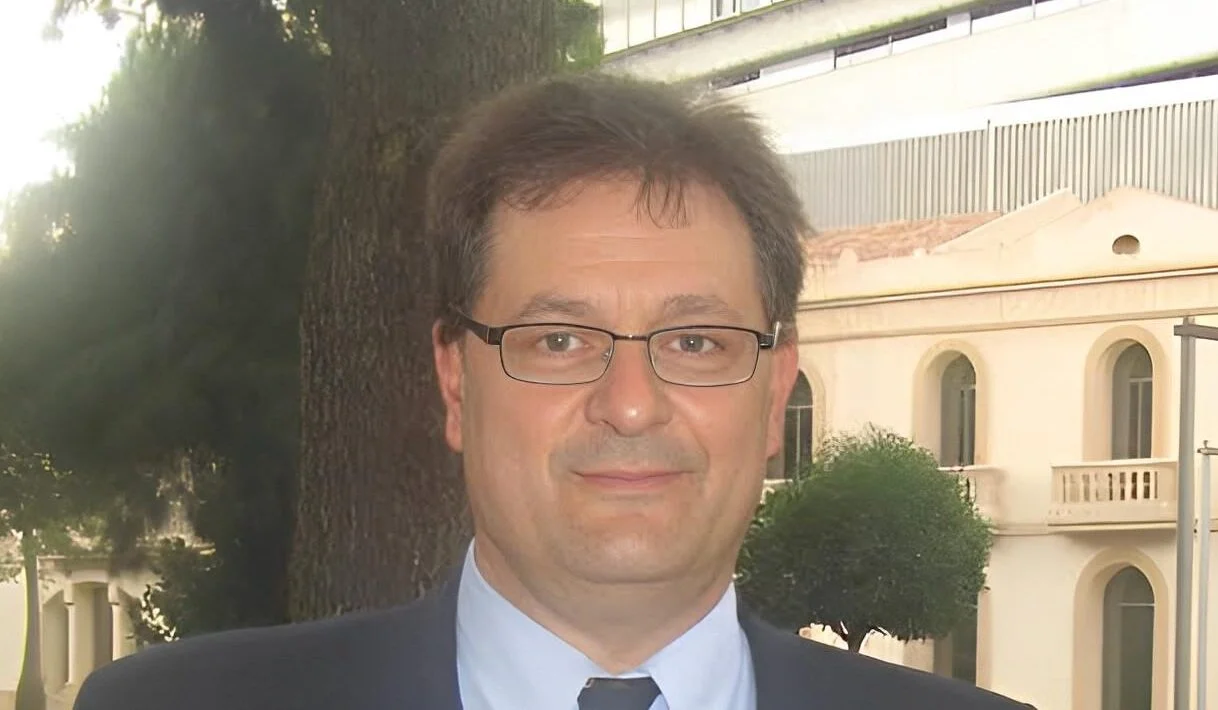Miguel Bronchud, Co-Founder and Advisory Board at Regenerative Medicine Solutions, shared a post on LinkedIn about a paper by Miriam Ricanati et al. publsihed on The Journal Nuclear Medicine:
“Skin cancers on the rise in spite of 50% protection?
Basal cell carcinoma is the most common skin cancer, and early treatment typically leads to excellent outcomes.
The situation is particularly alarming in Australia- Australia has the highest annual incidence rates for BCC globally. A significant portion of the Australian population has fair skin, which is more susceptible to sun damage and skin cancers. Australia’s proximity to the equator results in high levels of ambient UV radiation, a primary cause of BCC The incidence rates of non-melanoma skin cancers, including BCC, have been increasing by 2–6% annually over the last 30 years. This increase is most pronounced in people aged 55 and older. The lifetime risk of having at least one excision for a histologically confirmed keratinocyte cancer is high, estimated at 69% for men and 65% for women as of 2014.
Definitive diagnosis, however, depends on biopsy, which is invasive, can delay diagnosis by weeks to months, and may require patients to return for treatment after histopathologic confirmation. Mohs surgery is considered the most effective technique for treating many basal cell carcinomas (BCCs) and squamous cell carcinomas (SCCs), the two most common types of skin cancer.
Sometimes called Mohs micrographic surgery, the procedure is done in stages, including lab work, while the patient waits. This allows the removal of all cancerous cells for the highest cure rate while sparing healthy tissue and leaving the smallest possible scar.
It began as a technique called chemosurgery, developed by Frederic E. Mohs, MD, in the late 1930s, but was not widely known. In the mid 1960s, Perry Robins, MD, studied the procedure with Dr. Mohs, and recognized that it had great potential for the field of dermatology. He brought the technique to NYU, where he established that the technique was particularly effective in large BCCs, particularly on the face and in recurring tumors.
Emerging nonsurgical therapies for early basal cell carcinomas could be delivered at the bedside, but they require noninvasive diagnostic tools with high accuracy, said co-senior study author Manu Jain, MD, a research pathologist and optical imaging specialist in dermatology at Memorial Sloan Kettering Cancer Center. New non invasive quick screening methods are being developed and a particularly promising one is derived from PARP inhibitors like OLAPARIB.
This raises the obvious possibility that these new OLAPARIB- based dyes might also be experimentally explored ‘ex vivo’ in prostatic tissue (for example during TURP ? Or to detect the presence of prostatic carcinoma – or perhaps even determine the benefits of potential therapy with PARP inhibitors?).”
Title: Translational Potential of Fluorescent PARP1 Inhibitor as a Molecular Contrast Agent for Diagnosis of Basal Cell Carcinoma
Authors: , , , , , , , , , , and
Read the full article.

More posts featuring Miguel Bronchud on OncoDaily.
